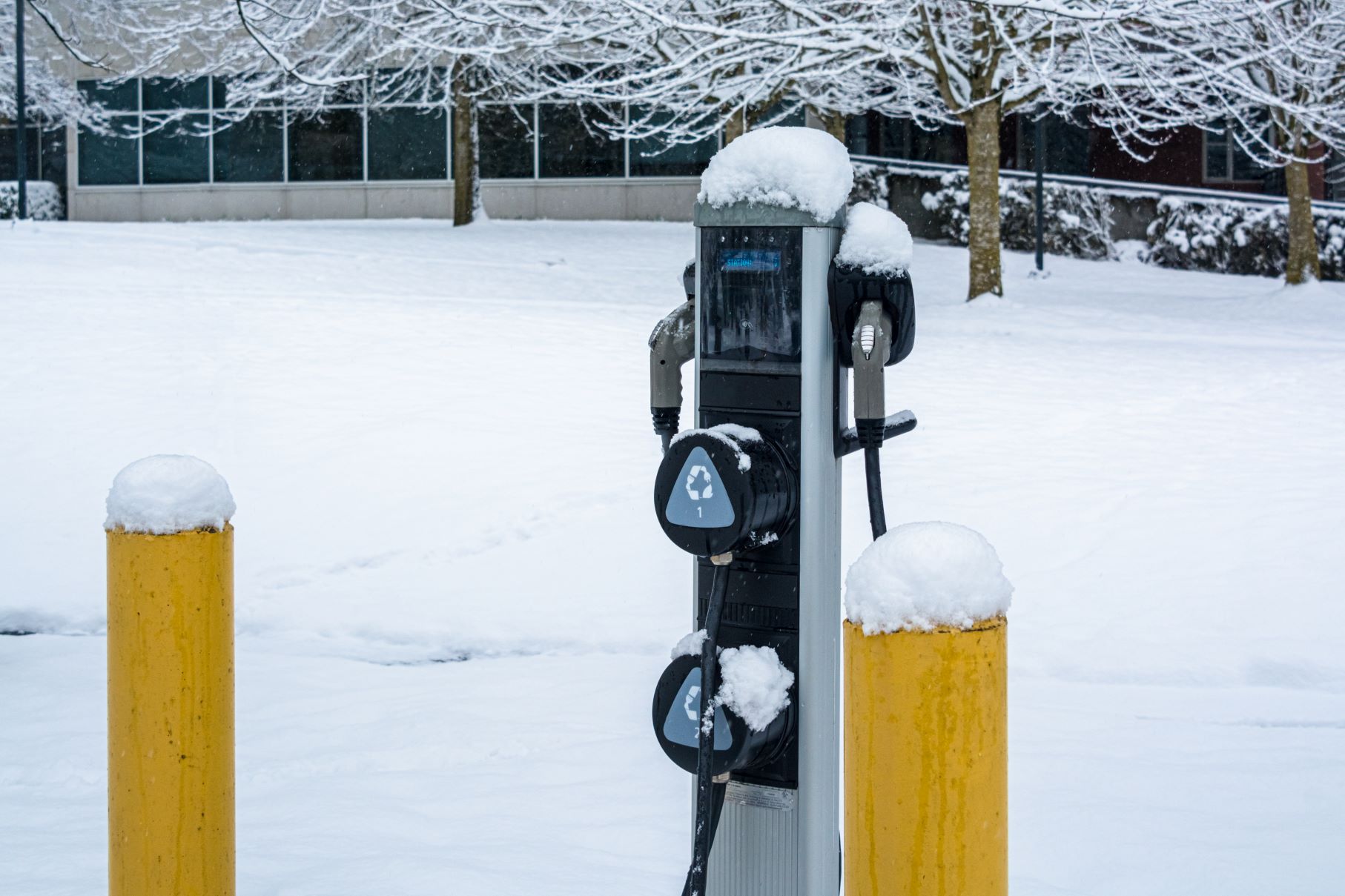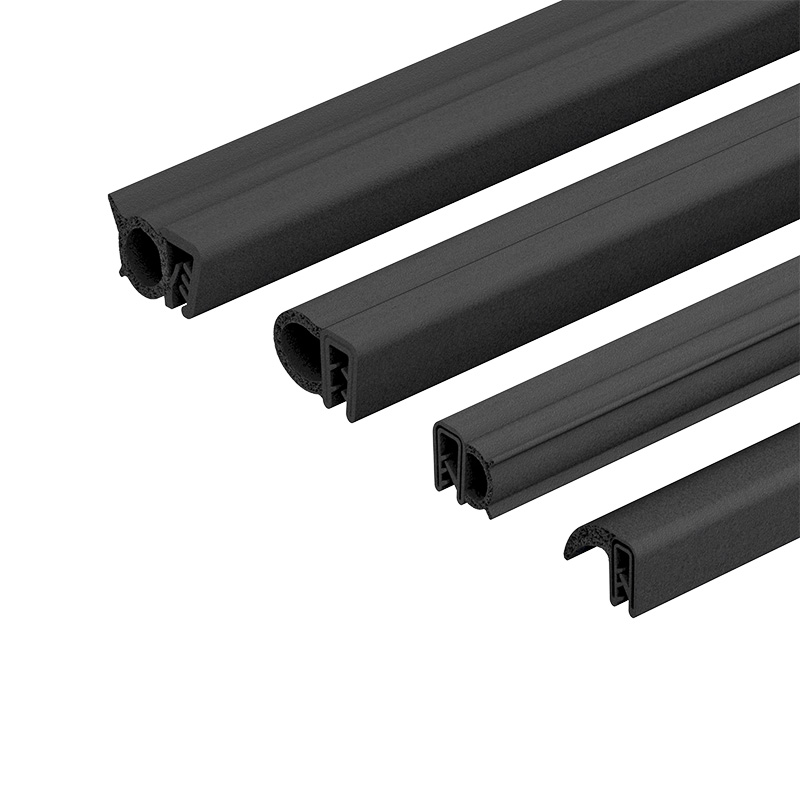Choosing the Right Seals for Your EV Charging Cabinet
Articles, EV, Gaskets

As the demand for electric vehicles (EVs) continues to rise, so does the need for EV charging stations. Outdoor charging station doors and access panels must be sealed properly in order to protect against wind, rain, dust, pests, and other environmental elements that could damage the internal components of the station.

Gaskets are an essential component for sealing these doors and panels, providing a tight and durable seal. To ensure the longevity and optimal performance of these charging stations, the selection of the right gasket material is of paramount importance.
Understanding Gasket Types for Outdoor EV Charging Station Doors and Panels
There are two main types of gaskets used for outdoor EV charging station doors and panels: extruded rubber profile gaskets with a clip-on carrier, and permanently affixed gaskets such as adhesive-backed or pour-on type gasket.
As a leading supplier of both types of gaskets to the OEM markets, DIRAK has the expertise and capability to help customers select the optimal gasket solution for their outdoor EV charging station application. Each type has its own advantages and disadvantages, so it is important to understand both before making a decision on which type to use for a particular application.

The Role of Gaskets in EV Infrastructure
Before we discuss some of the advantages and disadvantages of these two primary gasket types, it is important to point out one main thing that almost all gaskets have in common, and that is a service life.
One thing that is often overlooked when designing a gasket is that in many cases, the expected service life of the equipment is significantly longer than the gaskets being used should be expected to operate at their optimal performance. This means that for many outdoor enclosures, the gaskets will need to be replaced to ensure that the expected water and dust resistance are maintained.
Additionally, on enclosures with regular service and maintenance intervals, gaskets can become damaged during normal usage.

Replaceable vs Permanently Affixed Gaskets
Replaceable clip-on type gaskets are ideal for applications where regular access for maintenance and inspection is required, as they can be quickly replaced when needed. This type of gasket also helps reduce maintenance costs, since replacing the single gasket component is much cheaper than having to replace the entire panel or door due to damage caused by environmental elements. In addition, clip-on gaskets can be customized to fit any door or panel size, allowing for flexibility and versatility.
On the other hand, permanently affixed gaskets are not as easy to replace when needed. They require more time and effort in order to remove and replace them than clip-on gaskets do. In some cases, such as when machine-applied pour-on gaskets are used, the door or panel might need to be replaced altogether, which can have significant cost and downtime repercussions. While adhesive and pour-on gaskets can be easier and less expensive to install, they might not be ideal for your outdoor EV infrastructure.

By using the right type of gasket for outdoor EV charging station doors and panels, users can ensure that their stations are sealed properly in order to protect against wind, rain, dust, pests, and other environmental elements. This will help extend the life of their station components and reduce maintenance costs in the long run.
Choosing the Right Gaskets for Optimal EV Infrastructure Protection
When choosing a gasket for sealing outdoor EV charging station doors and panels, it is important to consider both the advantages and disadvantages of each type. Replaceable clip-on gaskets offer the most flexibility, durability, and cost savings in the long run, making them ideal for applications where regular access is required and equipment is expected to be in service for many years. Permanently affixed gaskets may be a viable option for less demanding applications or equipment that will be replaced frequently.

Wrapping Things Up…
Make sure to take the time to evaluate your equipment lifecycle, usage and environmental requirements thoroughly before choosing the gaskets you’ll use, and use the form below to consult a DIRAK technical representative to discuss in more detail for assistance in finding the best solution.
